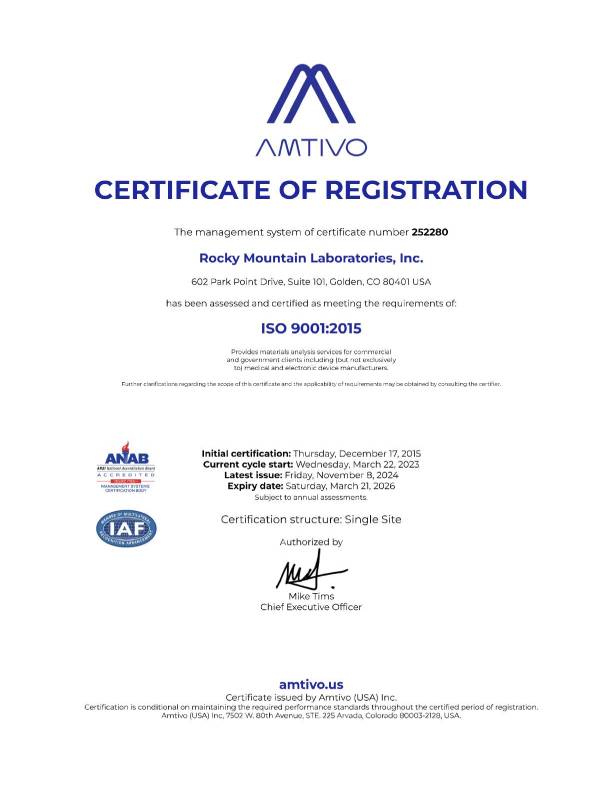In FTIR (Fourier Transform Infrared) spectroscopy, absorption and reflection are two different measurement modes that provide distinct information about the sample. Here are the key differences between FTIR absorption and reflection:
- FTIR Absorption:
- Measurement Principle: In absorption mode, the FTIR instrument measures the amount of infrared radiation absorbed by a sample. The intensity of the transmitted light through the sample is measured and compared to the intensity of the incident light.
- Sample Requirement: The sample is typically prepared as a thin film or dissolved in a suitable solvent to allow the infrared radiation to penetrate and interact with the sample molecules.
- Information Obtained: Absorption spectra provide information about the functional groups and molecular structure of the sample. Peaks in the spectrum correspond to specific vibrational modes of the molecular bonds.
- FTIR Reflection (Reflectance or Reflectance Spectroscopy):
- Measurement Principle: In reflection mode, the FTIR instrument measures the infrared radiation that is reflected off the surface of the sample. The sample can be in various forms, such as powders, liquids, or solids.
- Sample Requirement: Reflectance measurements are suitable for samples that may not be transparent or suitable for transmission measurements. For example, solid samples or powders can be analyzed directly without the need for extensive sample preparation.
- Information Obtained: Reflectance spectra provide information about the surface properties of the sample. The peaks in the spectrum are related to the interaction of infrared radiation with the surface of the sample.
Key Considerations:
- Absorption measurements are more common and widely used for analyzing the bulk properties of a sample.
- Reflection measurements are useful for samples that are difficult to prepare in thin, transparent forms or when analyzing surface properties is essential.
- Reflectance spectra can be affected by factors such as particle size, packing density, and surface roughness.
In practice, the choice between absorption and reflection modes depends on the nature of the sample and the information needed. Absorption spectra are more common in routine FTIR analysis, while reflectance spectroscopy is employed when dealing with samples that are not amenable to traditional absorption measurements.



